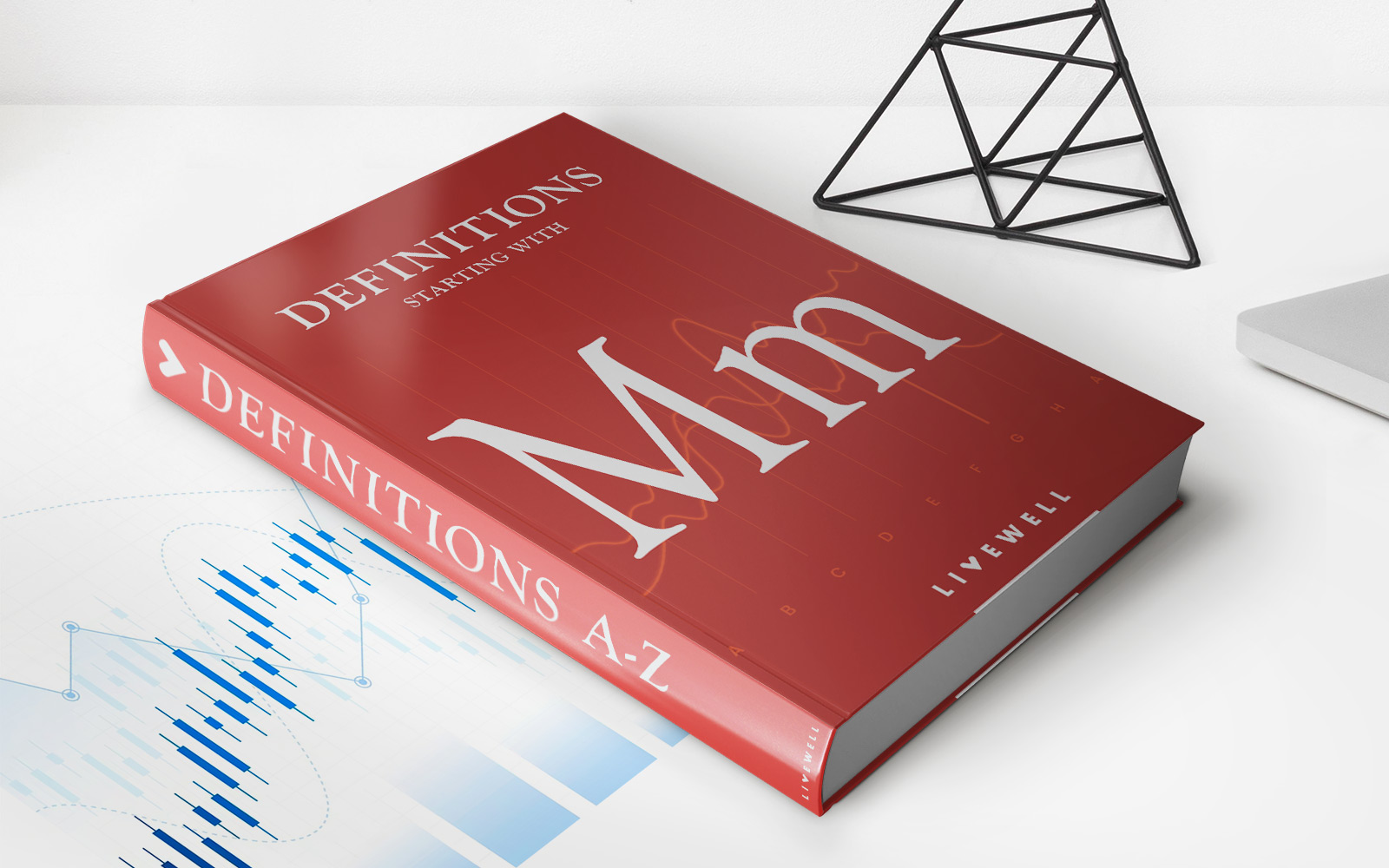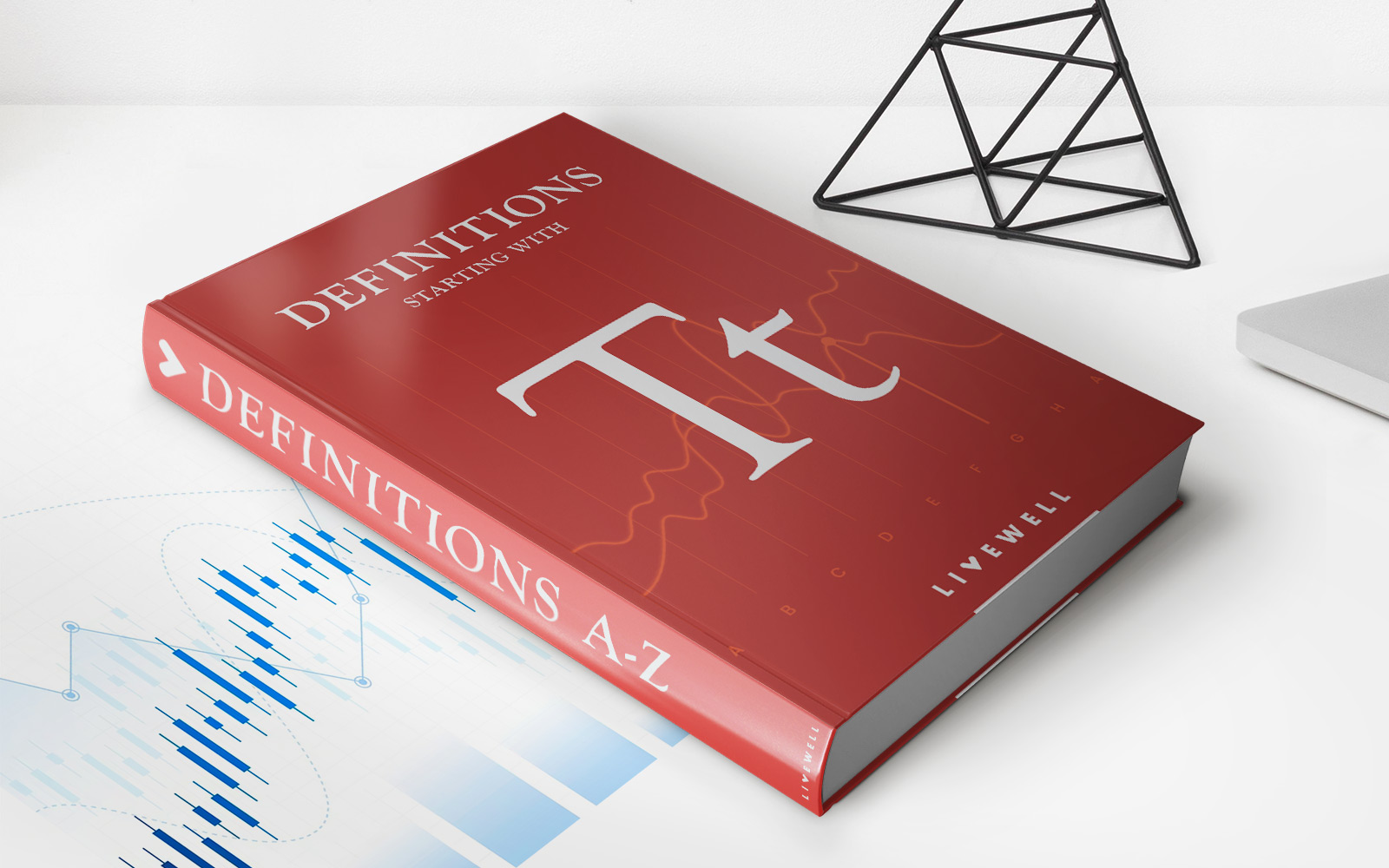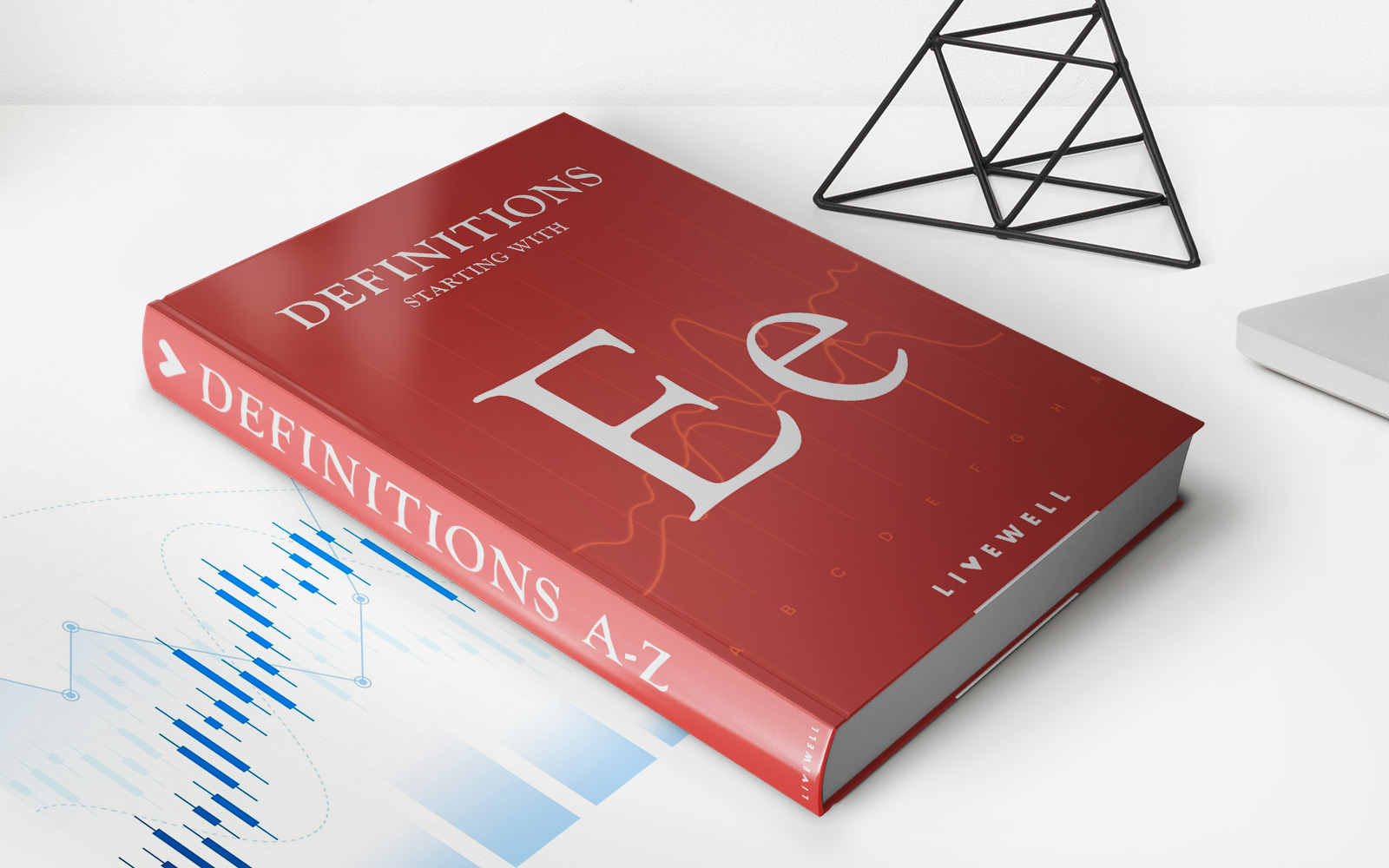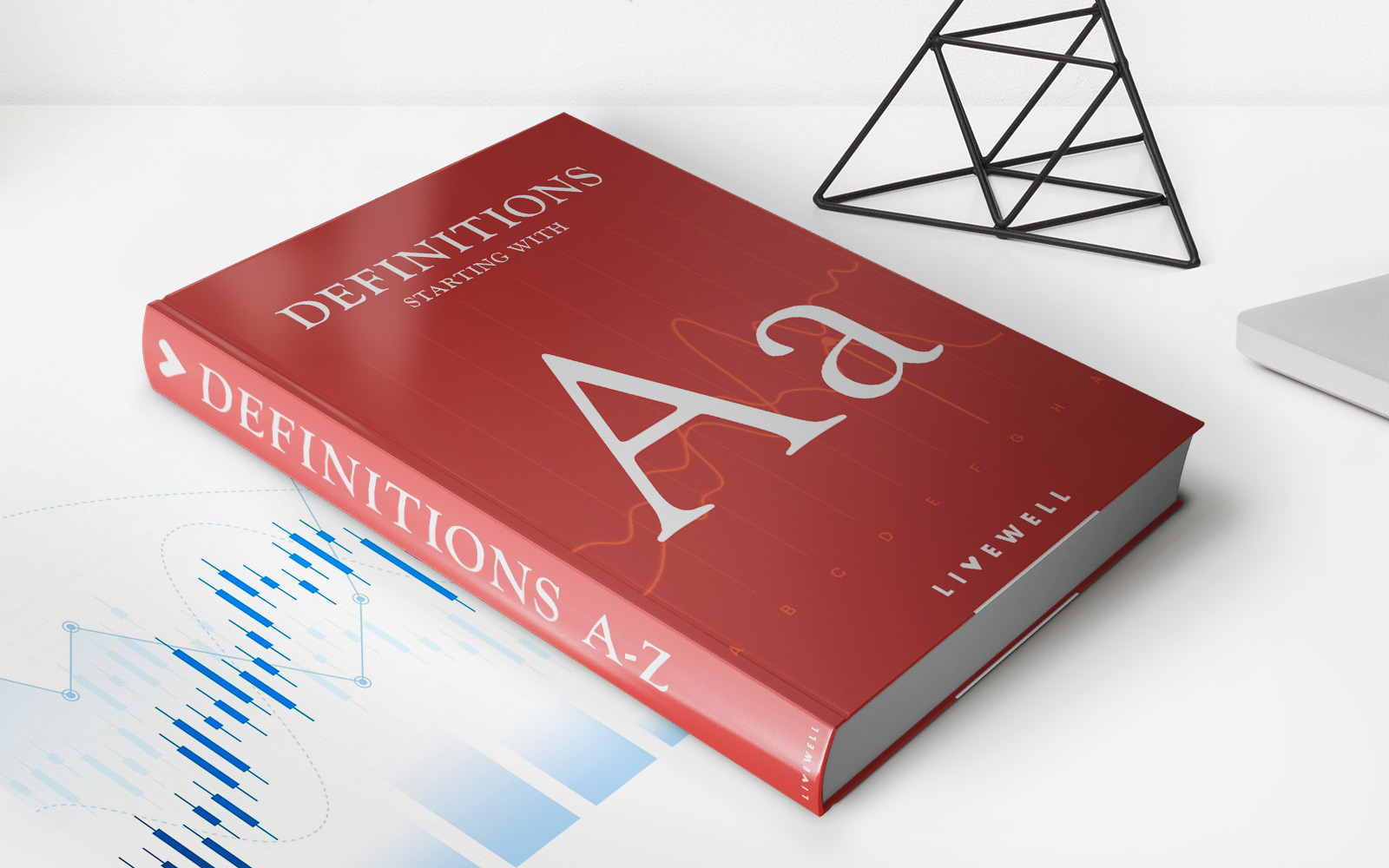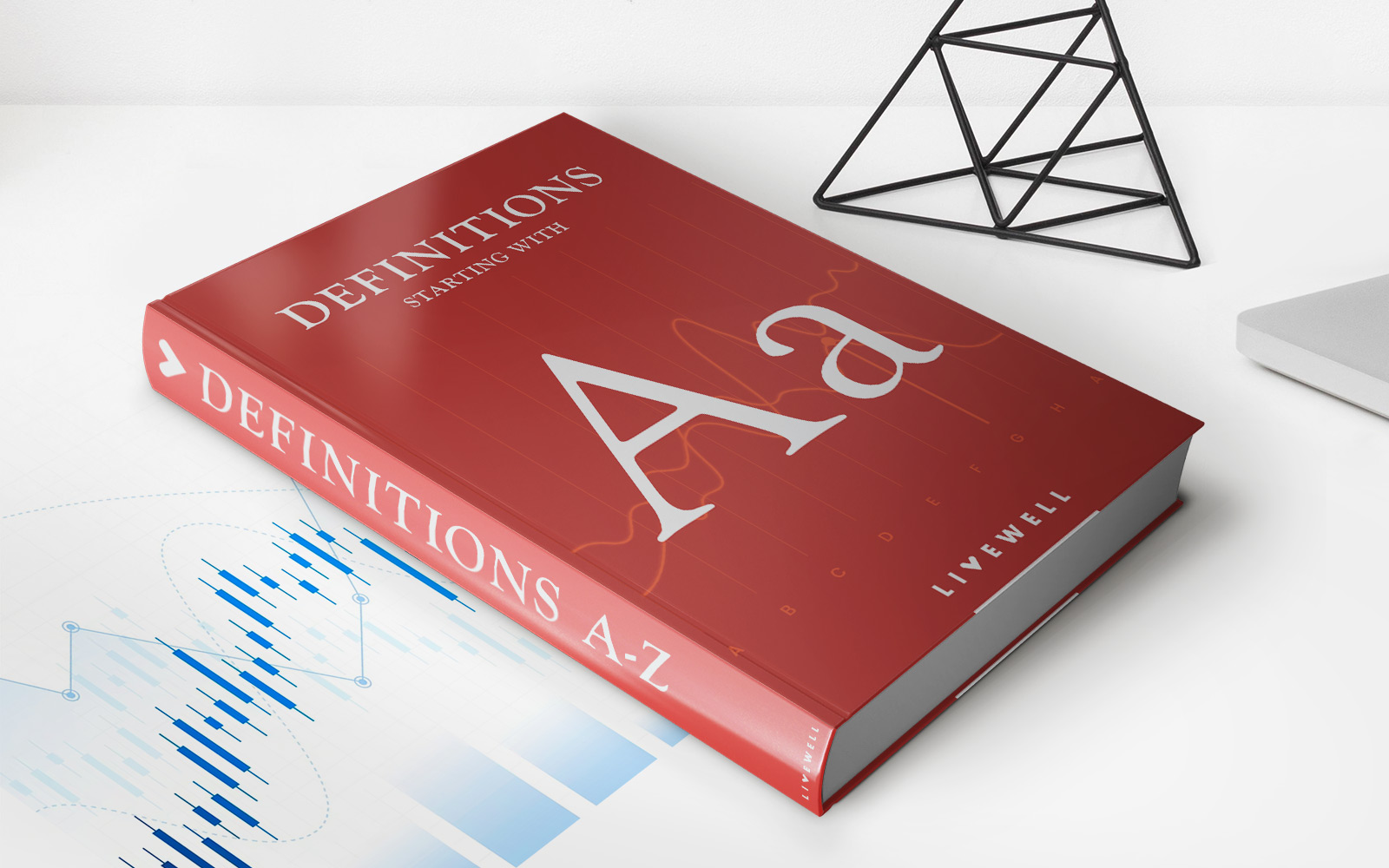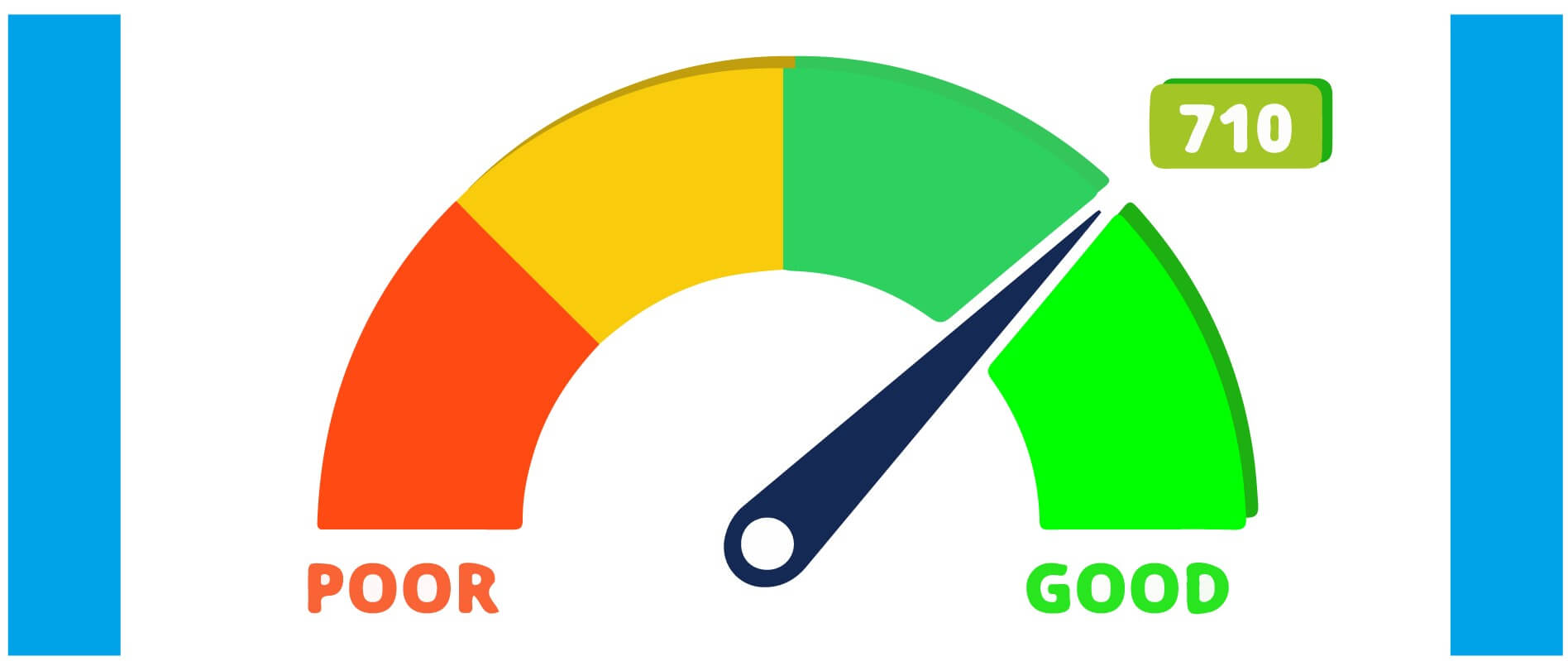Home>Finance>Grantor Retained Annuity Trust (GRAT): Definition And Example


Finance
Grantor Retained Annuity Trust (GRAT): Definition And Example
Published: December 2, 2023
Learn the definition and example of a Grantor Retained Annuity Trust (GRAT) in finance. Discover how GRATs can be utilized for financial planning purposes.
(Many of the links in this article redirect to a specific reviewed product. Your purchase of these products through affiliate links helps to generate commission for LiveWell, at no extra cost. Learn more)
Grantor Retained Annuity Trust (GRAT): Definition and Example
Welcome to our blog post on finance! Today, we will be diving into the world of Grantor Retained Annuity Trusts, commonly known as GRATs. If you’re unfamiliar with GRATs or need a refresher, you’re in the right place. We will explain what a GRAT is, provide an example to better illustrate its concept, and highlight the key takeaways you need to know. So let’s get started!
What is a Grantor Retained Annuity Trust (GRAT)?
A Grantor Retained Annuity Trust (GRAT) is a financial planning tool that allows an individual to transfer assets to a trust while retaining an annuity payment for a fixed term. This vehicle is commonly used to minimize estate and gift taxes. The grantor, or the person establishing the trust, receives annuity payments from the trust during the trust’s term. At the end of the term, any remaining assets in the trust are passed on to the beneficiaries, typically family members or loved ones.
Key Takeaways on Grantor Retained Annuity Trusts:
- GRATs offer a unique way to transfer assets and minimize estate and gift taxes.
- The grantor retains annuity payments for a specified period, while the remaining assets pass on to beneficiaries.
Example of a Grantor Retained Annuity Trust (GRAT)
Let’s dive into a hypothetical example to better understand how a GRAT works. Imagine John, a successful entrepreneur, wants to transfer some of his assets to his children while minimizing taxes. He decides to establish a GRAT with a term of 10 years.
John funds the trust with $1 million worth of assets. Based on the Internal Revenue Service’s interest rates, the GRAT is required to make annual annuity payments to John equal to 5% ($50,000) of the initial value of the assets. Over the trust’s term, John receives annuity payments totaling $500,000.
At the end of the 10-year term, any remaining assets in the trust, after the annuity payments, would pass on to John’s children as beneficiaries. If the trust assets appreciate significantly over the 10 years, the growth would transfer to the beneficiaries with potentially minimal or no gift or estate tax implications.
Conclusion
In summary, a Grantor Retained Annuity Trust (GRAT) is a powerful financial planning tool that allows individuals to transfer assets to their beneficiaries while minimizing estate and gift taxes. By retaining annuity payments for a specific term, individuals can take advantage of potential asset appreciation while passing on wealth to their loved ones. Understanding the benefits and mechanics of a GRAT can help you make informed decisions about your financial future.
We hope this blog post has shed light on the concept of GRATs and provided you with valuable insights. If you have any further questions or would like to explore this topic in more detail, consult with a qualified financial advisor or estate planning expert.
